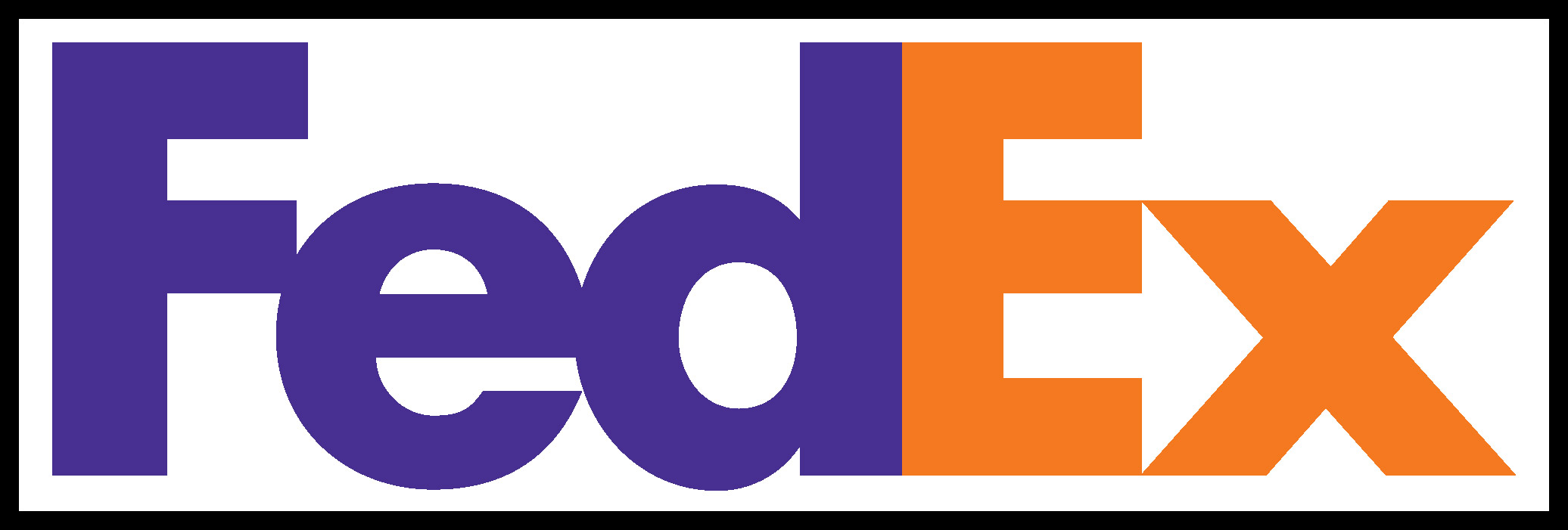Found Opportunities
I—and maybe everyone else and their cousin—have written elsewhere about the pace of change in our culture, society, economy, and business world; and also about the need to adapt from an incidental change-if-we-must mindset to one of continuous change and adaptation. “How do you do that?” One approach, which I will discuss here, is to develop a cultural trait of looking for change opportunities in smaller and smaller increments of time with the context and knowledge of the agreed need for just-in-time adaptation.
So there is a shift from change-when-forced-to to actively looking for what the next adjustment will be, and there is the recognition that the changes must happen in a more rapid rhythm. Rather than develop some sort of Change Initiative, we can look to the recurring activities we do, and see what opportunities present themselves in what we are already doing. Regular monthly, bi-weekly, or weekly meetings are a great place—they are a DNA of how we operate [Click here for “Change Your Meetings, Change Your World”]. Developing a coaching culture where day-to-day interactions become learning/growing/changes-ish opportunities is a dynamite strategy.
A place where I find myself a lot is various versions of the “annual meeting”. In some cultures, this is a presumed ritual convening where a group of lucky individuals get assigned to the committee to plan it all (the Xth Annual…), add 36% to their workload for a few months, and come up with a Peak Experience for the participants—often without clear direction or business and organizational objectives for this meetings.
Every encounter is an opportunity to define and develop the culture, foster self-awareness for individuals, teams, and the collective, as well as define and work with tweaking the organizational system.

When Face The Music goes onsite with our clients, there are (roughly) three different modes we tend to be in. 1) We are an energizing team building with music occurring in a 2-4 hour slot set aside for an activity. 2) We are partnering with internal or external people to be a strategic part of their design to achieve certain objectives. 3) We are the lead for design consulting directly with the client. All modes are valid, but I want to talk about mode 1, the fun team building.
A lot of the time when we are the team building du jour, I walk away saying, “That was great, there is so much mojo in this room, the people are pumped, etc…), but with the feeling that, “Now is the time to do something interesting; Now is the time to see the old anew, and refine or define our direction and how our current way of being supports it; Now is the time to go a little deeper—get a sense of soul and purpose from this connected place.” Often I’m thinking the clients could have accomplished more towards the larger purpose of their event or initiative if they would’ve utilized our program differently.
Because I’ve often had this feeling, I initiate a conversation with our clients in the planning stages to get into these possibilities, but certain systemic issues seem to recur in these scenarios. Here are a few:
- Planning committee is charged to produce an event and does not have [power, authority, marching orders, motivation, ?] to develop a deeper organizational strategy or objectives;
- They have limited direction from outside around strategy or objectives;
- Decision-making can be risk-averse; "safe"
- Because of work overload, decision criteria on agenda, content, vendors, venues, etc. are often unclear. Experiences can be assembled piecemeal, without thorough thought given to the larger arcs—Flow of whole event; how sessions, ½ days, breaks, and downtime work together to provide the needed opportunities for learning, expression, development, decisions, etc.
At a recent event, my team contact was an event planner for the team. She was not responsible for content and design. Her regular “day job” responsibilities made communication sporadic and unreliable. Requests to speak to leaders and designers were not addressed.
At our event, leaders and organizers sat at one table together. As the issues were being discussed and shared over a microphone, the leaders became more animated—the level of truth and sharing coming out was unexpected, I think. The “realness” was in the room.
The songs were incredible, and the energy was way up. But since I had not been successful in having a discussion about where this could go Beyond The Music, the experience they just had did not have the considered focus and connection to what was next as could have been.
I’m telling this story so that you can ask yourself: “What opportunities are ripe for growth and mojo-building in my workplace?” Looking at the structure and processes of how you interact together through the lens of “where are the opportunities here?” (hint: look at meetings; personal interactions; leadership), you can grab the cubic centimeter of chance, make smaller, less dramatic changes faster, and help create the resilient, flexible, forward-looking, in-the-present, organization where you would love to work.
--Paul Kwiecinski--
|
|
_________________________________________________________________
|
|
|
What You Can Learn from the FedEx Logo in Five Seconds

During the past two years, I've asked more than a thousand people what they see when they look at the FedEx logo. 80% say "letters" or "colors" or "shapes" or "the word "FedEx." The other 20% tell me they see an arrow -- a white arrow.
When I ask the baffled 80% if they see the arrow, most of them shake their heads and shrug. Only when I point to the arrow (in between the second "E" and the "x") do they see it -- a moment that is usually followed by their favorite exclamation of surprise and a chuckle.
This phenomenon, methinks, is a great metaphor for what it really takes to innovate. There's something right in front of our eyes and we just can't seem to see it.
It's been there for a long time, but for us it doesn't exist. In fact, if someone were to ask us if it existed, our answer would be an emphatic "no" -- not because it doesn't exist, but because we can't see it.

This explains a lot of things. Cognitive psychologists boil it down to just three words: "Motivation affects perception." In other words, we see what we're primed to see and miss the rest.
Shakespeare had a more poetic way of referring to this phenomenon. He called it "rose-colored glasses."
Our entire work life has become a kind of oversized FedEx logo -- full of colors, shapes, and letters -- but all too often we miss the white arrow. What we need, is a background/foreground shift -- the ability to see what we never knew was there.
Good teachers have a knack for helping their students make this kind of shift. Good coaches, too. They have a kind of X-ray vision. They see what their students (or their players) can't see and help them discover it on their own.
Simply put, they know how to prime the experience of tuning into the seemingly invisible -- the omnipresent opportunities to innovate that are non-obvious. That's the challenge before us all these days -- to go beyond our blind spots, limiting assumptions, and habits of thought in order to see bold new possibilities.
One simple way to do this is to start paying more attention to stories that move you, especially your own. Embedded in your stories is the "white arrow", the hidden code of what you are really learning. The more you tell your stories and the more you reflect on what they really mean, the more the white arrow will become visible -- to you and everyone else who gets a chance to listen to your stories.
Mitch Ditkoff
http://ideachampions.com
Book: Storytelling at Work
|
|
|
|
|